New Study Identifies Potential Animal Highway Crossing Locations Across Western U.S.
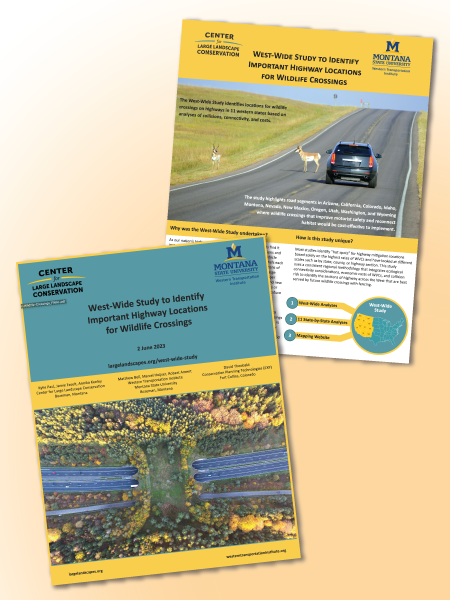
Increasingly busy highways and fragmented habitats have boosted the number of wildlife-vehicle collisions (WVCs) in the U.S. each year. Dangerous to both animals and humans, these collisions kill more than one million large mammals and hundreds of humans per year and cause tens of thousands of injuries. To begin addressing these collisions, the nonprofit Center […]
BREAKING NEWS: Animals Gather Amid World-Wide Roadway Protests
Collective Calls for Humans to “Share the Road” By Mike Price Field Correspondent In a shocking turn of events, animals worldwide have taken to roadways, creating massive blockades and bringing traffic to a standstill. It appears that the tragic death toll caused by animal-vehicle collisions (AVCs) has pushed many species to their limit of tolerance. The range […]
IN THE NEWS: WTI Road Ecologists Interviewed for University of Montana Podcast, Highlighted in Bozeman Daily Chronicle
Dr. Marcel Huijser Interviewed on A New Angle Podcast WTI’s Dr. Marcel Huijser shared his story during an interview on A New Angle, a UM podcast “about cool people doing awesome things in and around Montana.” He discussed his initial interest in nature, his move to the U.S., and his entry into the field of […]
IN THE NEWS: Montana State University Highlights Two Decades of Wildlife Crossings Research
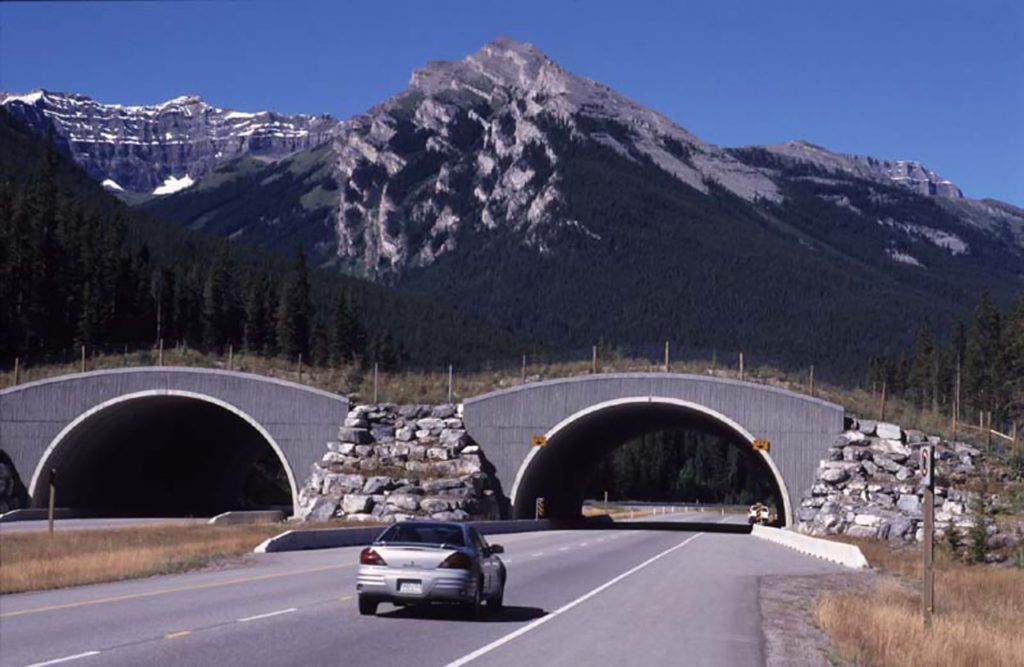
In a follow-up to last week’s New York Times article, Montana State University News published a feature article summarizing WTI’s long history of researching and advancing wildlife crossing structures. Starting with the first report to Congress on wildlife vehicle collisions in 2006, the article also highlights WTI’s long-term research on the effectiveness of wildlife crossing […]
IN THE NEWS: New York Times Showcases Video of Wildlife Using Crossings
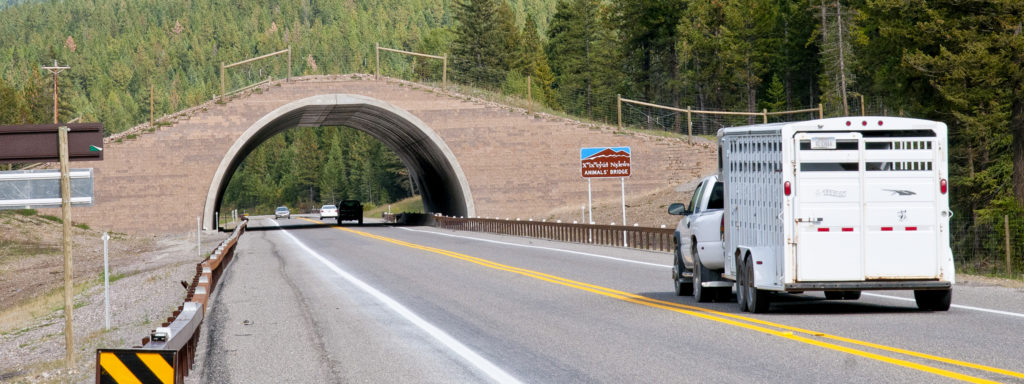
The New York Times has posted an online feature article highlighting excellent footage of wildlife using various forms of highway crossings. “How Do Animals Safely Cross a Highway? Take a Look” includes footage of a herd of antelope crossing a highway in Wyoming; moose, bear, wolves and deer using crossings in Utah; and an alligator […]
Animal Crossing: New Research Guides Efforts to Protect California’s Amphibians and Reptiles from Road Danger
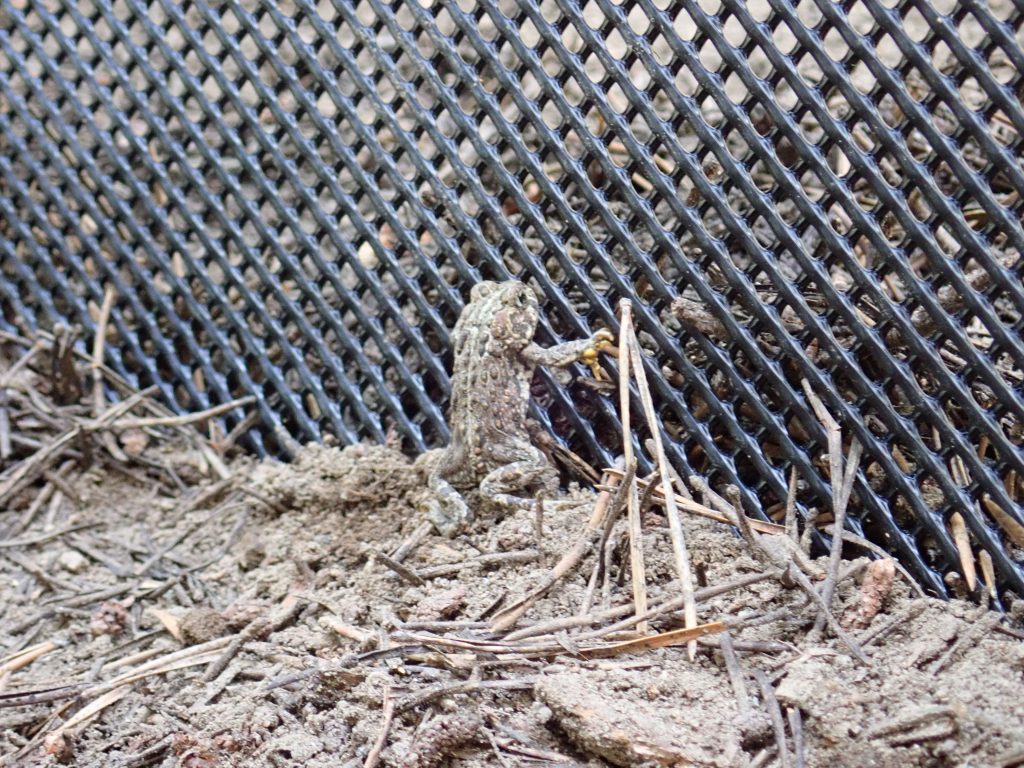
Companion video shows underground crossing structures in action Roads can be dangerous for California’s reptiles and amphibians, but a five-year study and new video show that there are effective strategies to help these animals cross roads safely. The California Department of Transportation (Caltrans) released the results of the study this week in a comprehensive, […]
IN THE NEWS: Reducing Wildlife-Vehicle Collisions in Appalachia

Public Policy magazine In These Times recently interviewed WTI Road Ecologist Marcel Huijser for an in-depth article on wildlife crossings. “Toward a World Without Roadkill” highlights efforts by residents and local organizations near Great Smoky Mountains National Park to reduce the rising number of bears, deer, and elk being hit by vehicles on Interstate 40. […]
SAFETY CENTER WEBINAR: Roadkill Observation and Data System Project
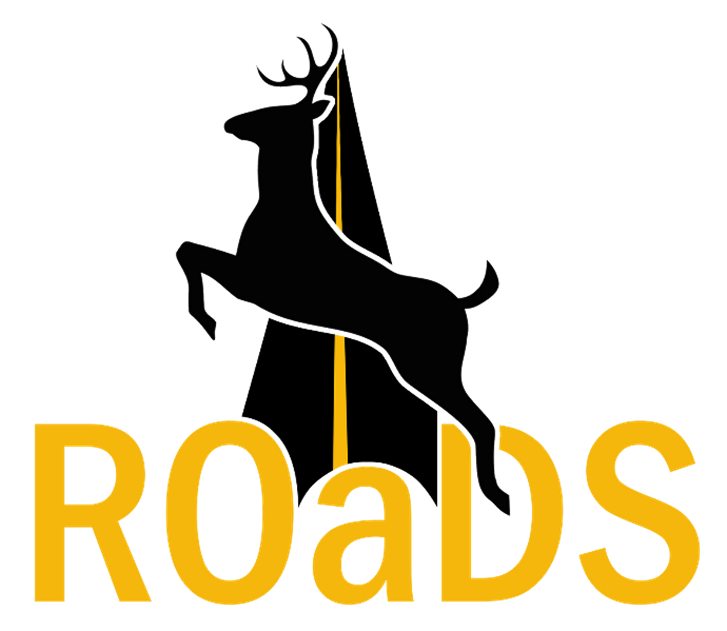
Two WTI Road Ecology Researchers will be the main presenters at a webinar on Tuesday, April 13, at 11 am Mountain Time. The National Center for Rural Road Safety (Rural Safety Center) is hosting a FREE, 1.5-hour online webinar on “Road Observation and Data System Project: Streamlining Animal-Vehicle Collision Data Collection.” This webinar will feature […]
Time for Kids Introduces Wildlife Crossings to Young Students

WTI Road Ecologist Rob Ament is featured in a recent issue of Time Magazine for Kids. A feature article called “Safe Travels” describes the large number of animals that are killed in roadway collisions each year, and how wildlife crossing structures work to protect animals as they move across their habitats. Rob discusses successful designs […]
In the News: Washington Post Interviews WTI Road Ecologist on Reductions in Wildlife Vehicle Collisions

As the COVID-19 pandemic continues, the Washington Post is reporting on a wide range of impacts, including the effects on wildlife. In a recent feature, “Pandemic shutdowns saved thousands of animals from becoming roadkill, report suggests,” the Post highlights recent research that found large reductions in the number of large mammals involved in car crashes […]
